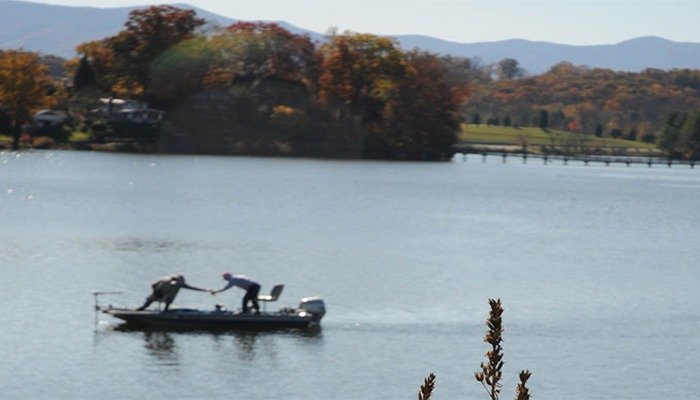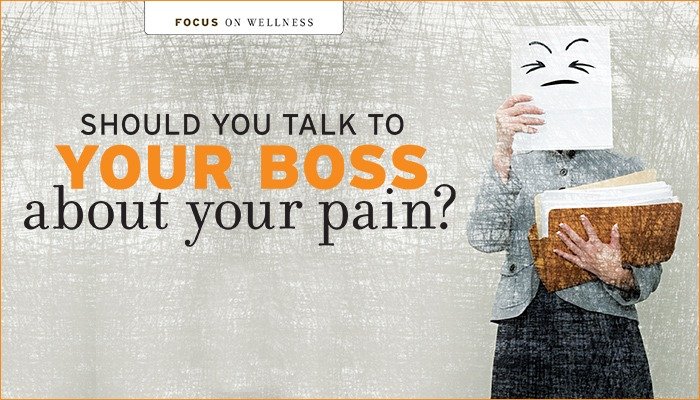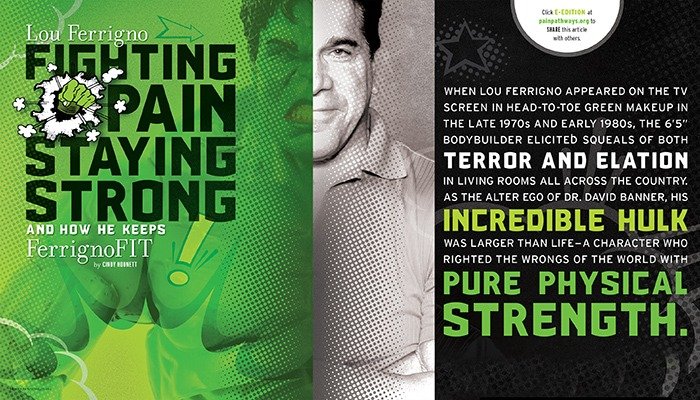Dorothy Hamill

Dorothy Hamill Faces Challenges with Gold-Medal Grit
At the winter Olympics in Sochi, a new group of athletes became superstars, earning instant celebrity status along with gold medals and golden moments in the spotlight. A culminationof years of training, the Olympians’ success arose from passion, practice and perfection, a journey intimately familiar to ice skater Dorothy Hamill.
Olympic Champion
A 1976 gold medal winner in ice skating, Hamill was embraced as America’s sweetheart after her spellbinding performances in Innsbruck, Austria. Then just 19years old, Hamill won the long and short figure skating programs that year, and her signature moves like the Hamill Camel captivated audiences and judges alike, along with her bright smile, iconic wedge hair-style and girl-next-door persona.
Following the Olympics, Hamill won the World Championship in Gothenburg, Sweden. Shortly after, she turned professional and began touring with the Ice Capades, a time period she describes as a “gypsy life.”
“I skated six days a week,” she recalls. “We had one day off — Monday — and that was our travel day. But I wouldn’t have been prepared for the ice show without the Olympics. After winning the gold, I had to start giving interviews, and I had agents, lawyers and press agents. My parents helped me, but it really was the blind leading the blind.”
The Onset of Chronic Pain
The grueling phyisical schedule eventually took its toll. In the late nineties, Hamill began experiencing significant chronic pain, which she attributed to the rigors of her profession. But after she realized the pain wasn’t improving, she began looking for solutions.
“A lot of my pain started around 1997,” Hamill says. “It was when I was moving back east, going through a divorce and trying to work and take care of my daughter. I had been doing a show in Las Vegas with a heavy schedule, two shows a night.
“We had decided to relocate to Baltimore, and when I was physically moving things, a giant bookcase fell on my head, slicing it open,” she continues. “Looking back, I think I didn’t heal properly, but I went on tour and really began to struggle with shoulder and neck problems.”
Hamill’s eventual diagnosis was a herniated disk. She says that she lived with intense back pain for about a year and a half, and then learned she had developed osteoarthritis. Like many people with pain, Hamill found herself struggling with depression as she tried to work out her pain issues, and she eventually enlisted the services of a therapist to help her address the emotional challenges of her physical condition.
“After winning the Olympic gold medal at 19, I thought I had reached the on switch in my life and everything was going to be great,” says Hamill. “But eventually, I had to deal with the emotional issues. When I first turned professional and started doing commercials and television specials, I felt fairly isolated. You’re around a lot of people, but then you go back to the hotel at night and it’s just you. You’re just there in the hotel room, and it’s very lonely.”
The link between physical and emotional health has been well documented, and Hamill says that she is a prime example. She points out that her career required a rigorous fitness regime, and while she is a firm believer in the benefits of physical activity, she acknowledges that it can be difficult for someone suffering from depression and pain.
“Exercise really, really does help,” she says. “But that’s easy to say when it’s your job; most people just don’t want to do it. I tell everyone that I was very lucky to have skating because it forced me to do physical activity as a job. I had no choice but to be active.
“When you’re not feeling well, it does affect your emotional outlook,” Hamill continues. “I was also very lucky to have friends and family and my daughter; they all helped me through the process.”
Cancer Pain & Emotional Support
In 2008, Hamill again turned to her friends and family for support when she learned she had breast cancer. She was treated at Baltimore’s Johns Hopkins Hospital, a facility with treatment approaches she describes as cutting edge.
“My mom had breast cancer, as did quite a few relatives, and I was really lucky to have been diagnosed when I was,” Hamill explains.“At the time, I was supposed to be opening a tour, but the first couple of surgeries prevented that. I skated, but then I had some side effects, like swelling in my arm, and then joint pain from the aromatase inhibitors. The pain associated with cancer is different from that with osteoarthritis, which is chronic, but it can be intense and debilitating.
”Hamill underwent a treatment plan that included physical therapy, medications and counseling. She adds that she was fortunate to be surrounded by a support network through her cancer treatment and then beyond.
“I was a single mom in Baltimore, but I was part of a group that included many mothers and families,” she says. “There were neighbors, friends and school moms who all supported me. I spent hours on the phone with my sister, and we would talk about everything.
“I have also enlisted the help of therapists over the years. I have to say, it is so wonderful to be with the one I am with now — she knows her stuff. That professional support has become very important to me.
”As is the case with any medical provider, locating an effective counselor can involve trial and error, according to Hamill. “Finding the right person can be very difficult, but it is so important,” she says. “When you have breast cancer, you receive get-well cards, offers of meals, lots of support. But when you’re dealing with depression, there’s none of that. There is lots of help when you’re going through a physical challenge, but with depression, it’s difficult for people to spot and for you to admit. That’s why people should drag themselves or others out the door to find professional help when it’s needed.”
On the Horizon: Healthy Hamill & Helping Others
Today, Hamill is an author (penning her memoirs in 2007’s A Skating Life: My Story), an advocate for osteoarthritis sufferers, a breast cancer survivor and the founder of the Dorothy Hamill Figure Skating Fantasy Camp in Scottsdale, Arizona. She is beginning to skate again after a back injury in 2013 forced her to withdraw from the television dance competition Dancing with the Stars, and now works out on a treadmill and recumbent bike at the fitness center near her home. Hamill said she also enjoys physical activities like hiking with her family, and she recently bought a road bike, which she plans to add to her routine.
“It’s very nice where we live; the sun is almost always shining,” she says.“But we like to hike in the mountains. I don’t love the heat because it can make me very lethargic and exacerbate my depression. I like to be in a cool climate.”
In October, Hamill and her husband, John MacColl, are planning to travel to Arizona for the sixth annual Fantasy Camp, one of her favorite excursions. While at the camp, she will work with five Olympic coaches to teach choreography and skating to 20 to 25 people.
“We keep it small and intimate,” Hamill says.“We have speakers, and people come from all over the country. It’s a variety— people from NASA to pediatric surgeons — and when we get home, we find that we miss the people we’ve been with during the camp.
“It’s a week of bonding in so many ways,” she continues. “And the campers come from all levels of skating experience. Some have just dab-bled in skating; a few have had the camp on their bucket list. It’s always a great time.
”In between the skating camp and philanthropic endeavors, Hamill enjoys “everyday” activities like walking her Cavalier King Charles spaniel, spending time with daughter, Alexandra, now 24, cooking everything from pasta sauces to Chinese and Indian recipes, and “poking around”in mid-century modern and antique shops.
As part of her ongoing wellness plan, Hamill continues to take tamoxifen to prevent a recurrence of breast cancer. The everyday fitness routine helps keep her osteoarthritis manageable, and while she is slowly making her way back to optimal physical health, Hamill explains that she is grateful for every part of her journey.
“I think the things you learn from are the difficult times,” explains Hamill. “Now I’m enjoying simple things like having a spa day, making cookies or having a glass or two of wine. It’s interesting — now that I’m not skating as much, I really wish I were. I am looking forward to skating more; that’s my passion. I’m ready to get back to it.”
PainPathways Magazine
PainPathways is the first, only and ultimate pain magazine. First published in spring 2008, PainPathways is the culmination of the vision of Richard L. Rauck, MD, to provide a shared resource for people living with and caring for others in pain. This quarterly resource not only provides in-depth information on current treatments, therapies and research studies but also connects people who live with pain, both personally and professionally.
View All By PainPathways






